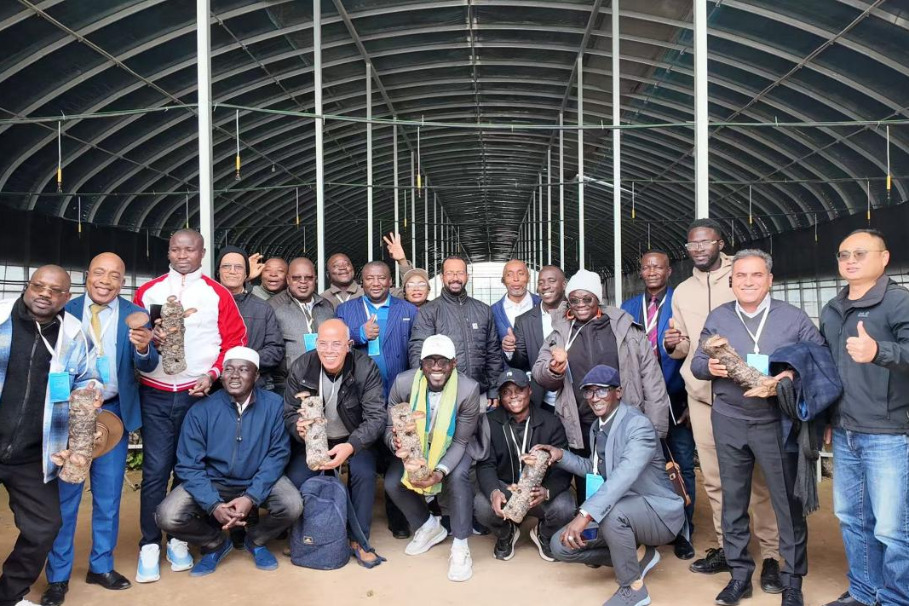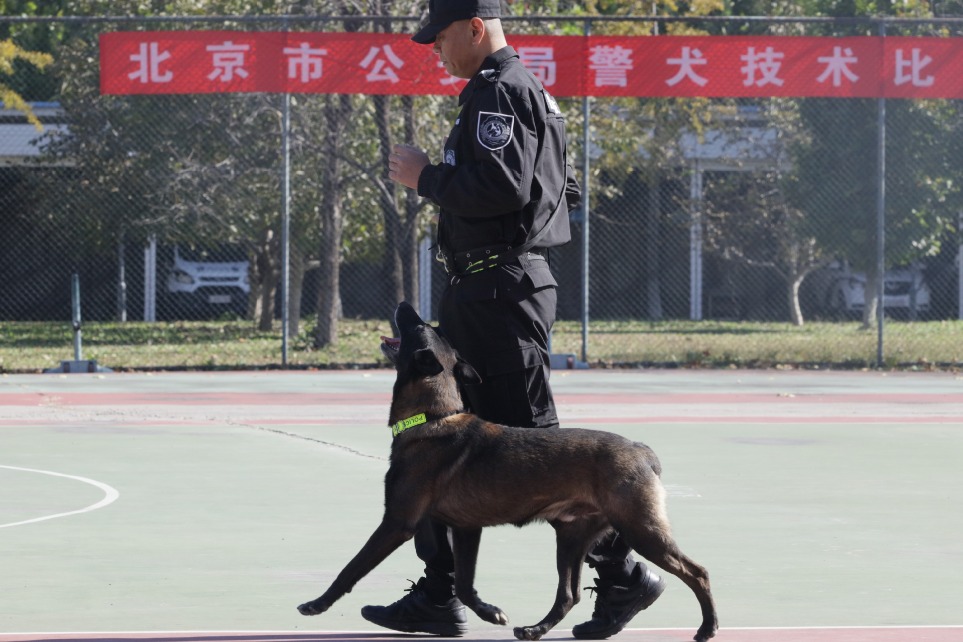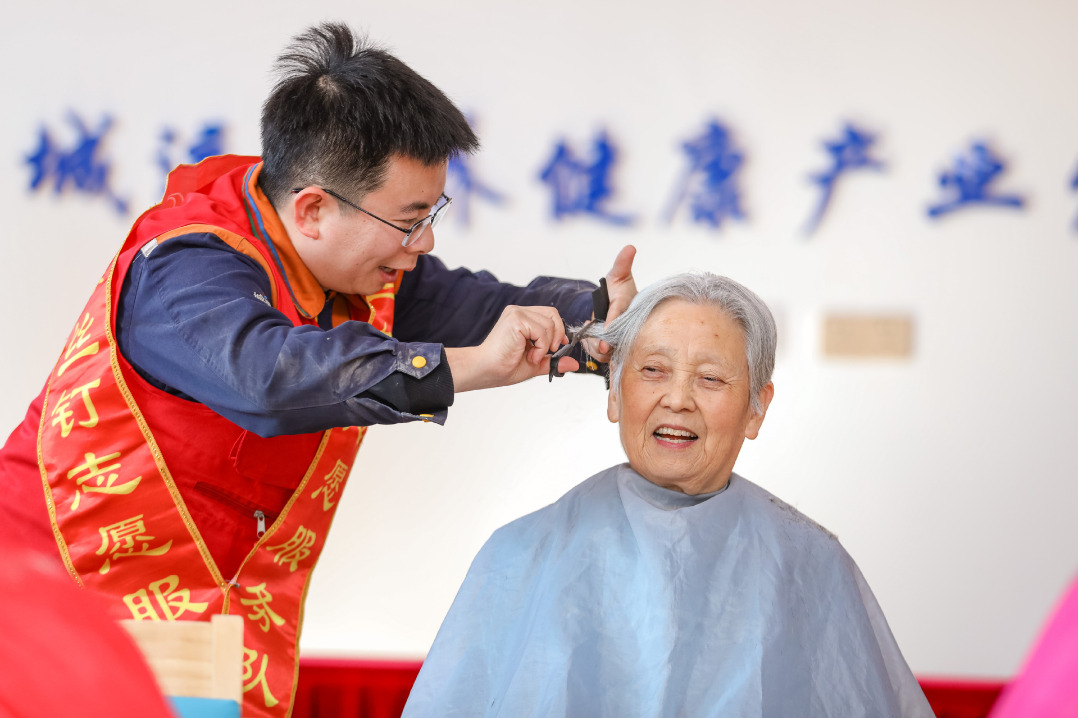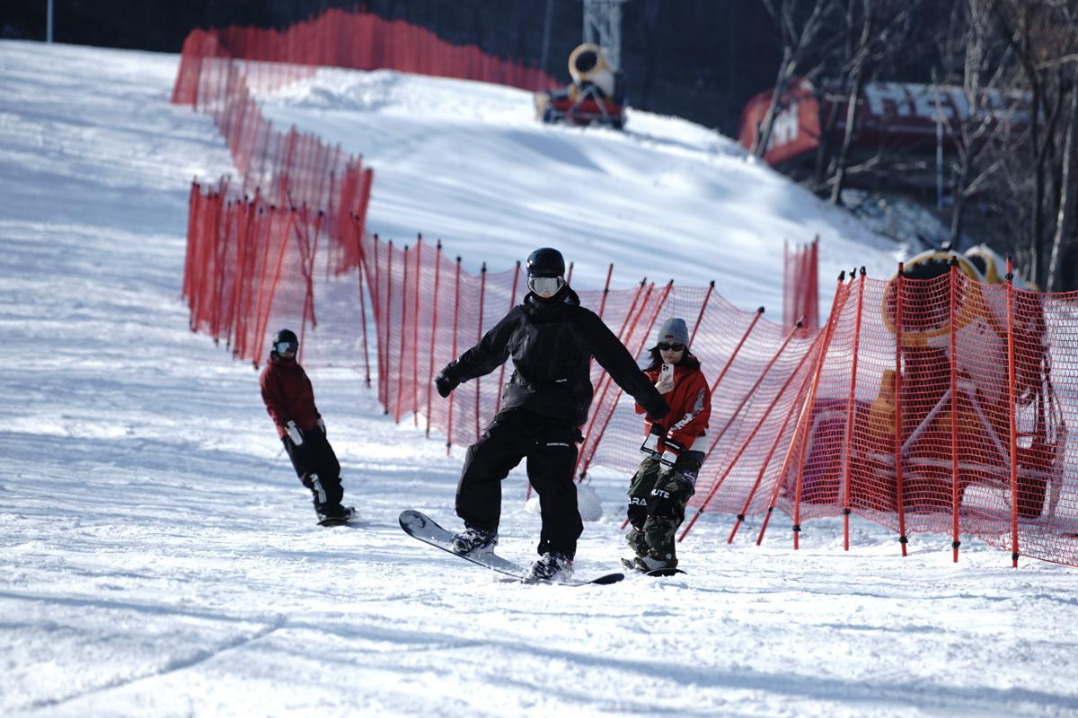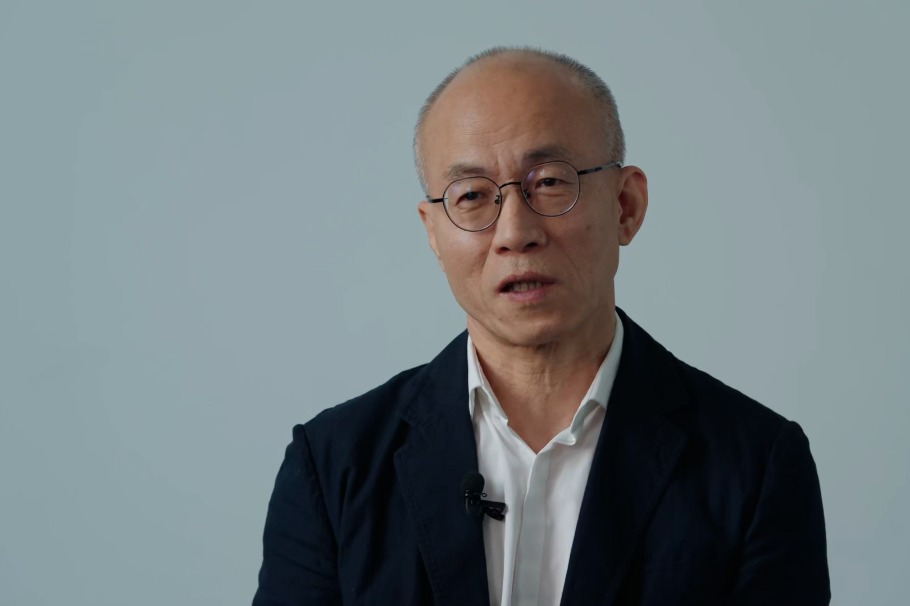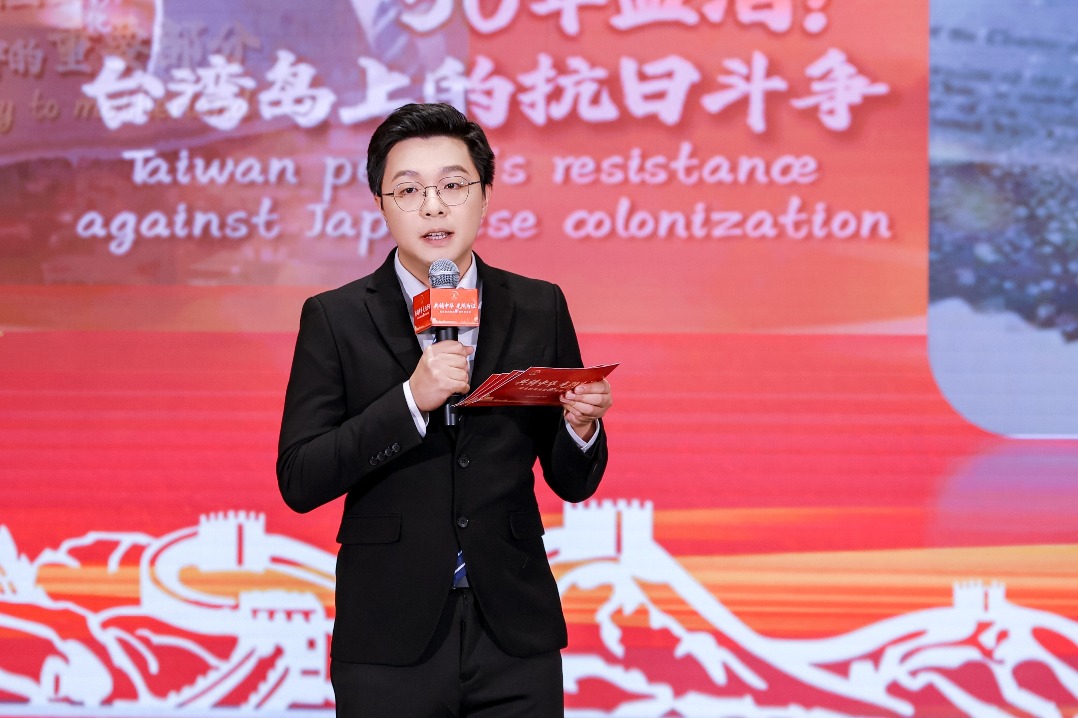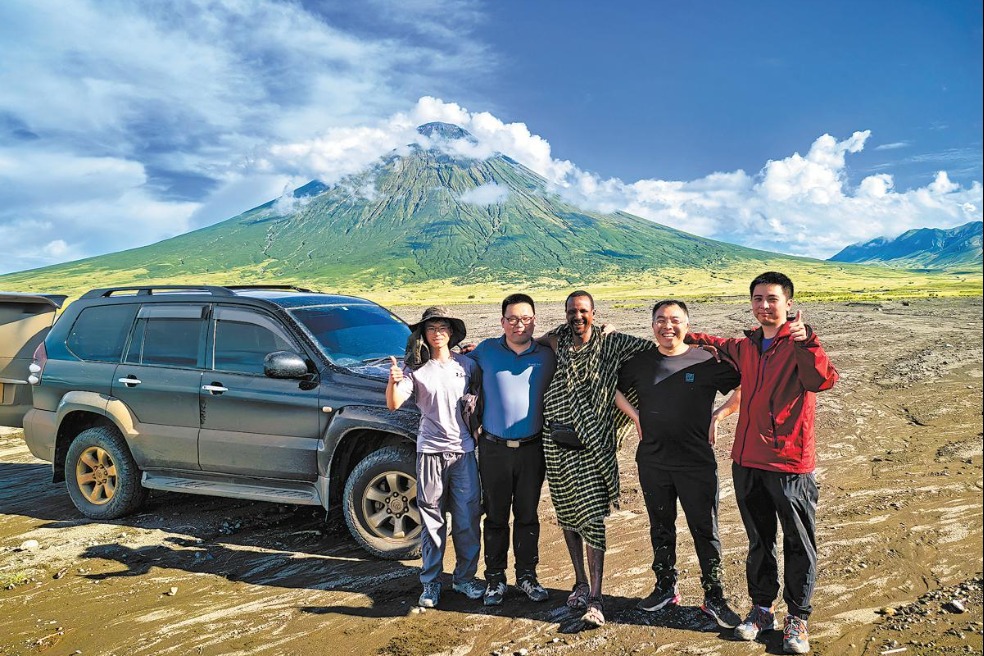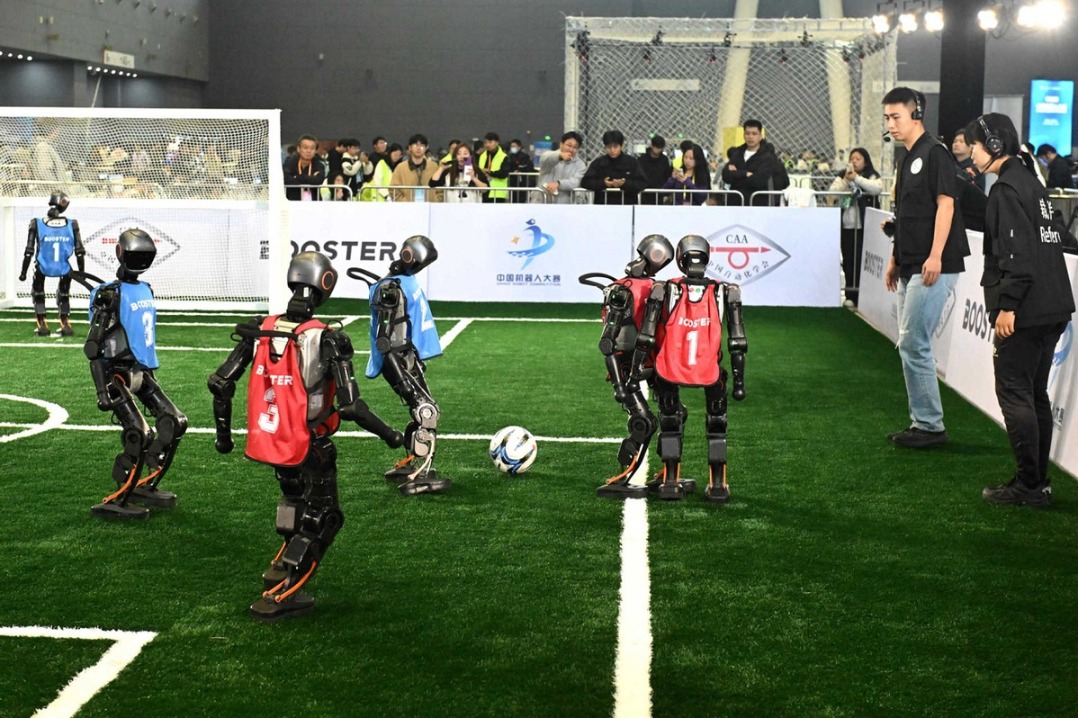Navy's carrier-borne jet force takes off to hit a higher level

'Race against time'
"We fly in clear skies. We fly in bad weather. We train day and night, and barely have time to take care of our families," Lieutenant Commander Pei Yingjie said. "This is because we are clearly aware of the differences between us and our potential opponents in terms of experience and capabilities."
One of the younger members of the carrier-borne fighter jet force, the 30-something Pei said every time new pilots join the unit they encounter many new things - the J-15 jet, training programs, flight procedures and the operational environment.
"We have no alternative but to train hard and make full use of every minute," he said.
Senior Captain Xu Hanjun, commander of a naval aviation base that oversees the J-15 fighter jet unit at an undisclosed location, said his pilots are all top aviators with rich experience, and they were handpicked from combat aircraft units in the PLA Navy and PLA Air Force.
However, they have had to overhaul a great many muscle memories - the process whereby repetition results in a person accomplishing an action almost automatically - and prior experiences to become accustomed to carrier-based operations, which have many differences from airport-based operations.
"For instance, the landing procedure on the carrier is totally different to that at an airport, so our pilots have to fight many deeply ingrained customs and practices, and undertake many training flights before they can master this new expertise," Xu said.
"Furthermore, the carrier's recovery area is much smaller than that at an airport - the runway is only about 30 meters long, while it is usually at least 2,000 m long at an airport. It's not a big deal if a pilot misses by 100 m when landing a plane at an airport, but it's a huge problem if they miss by several meters when landing on a carrier."
In addition, unlike a ground landing site, the carrier moves in response to waves and tides, which also challenges the pilots' skills and response capabilities, he said.
Lieutenant Commander Shi Jinjie, who is in the same class as Pei, said uncertainty is the biggest concern for young pilots like him and exerts great pressure on them.
"We are likely to encounter fast-changing weather above the open sea. If we experience an emergency, there is nowhere for us to land our jet except the carrier, and we can't afford too many attempts if the first or second landing fails," he said.
Pei added that the pilots understand they will face dangers and a number of unexpected trials in their training and carrier-based operations: "Risks and challenges always exist. All we can do is to improve our capabilities and skills to ensure we are ready for them."
- Guangzhou exempts kindergarten fees for select age groups
- World Shiology Forum focusing on food system opens in Hainan
- ELLE Style Awards position Sanya as a style capital
- Shanghai Tower Towerrunning Challenge to kick off in Nov
- Former Qinghai senior official receives life for bribery
- China ramps up control of non-CO2 greenhouse gases
















